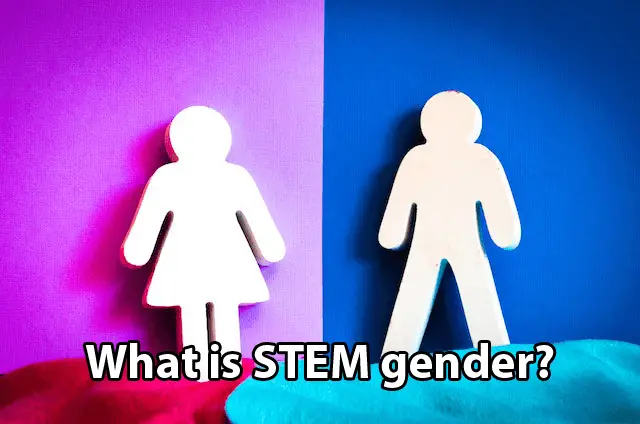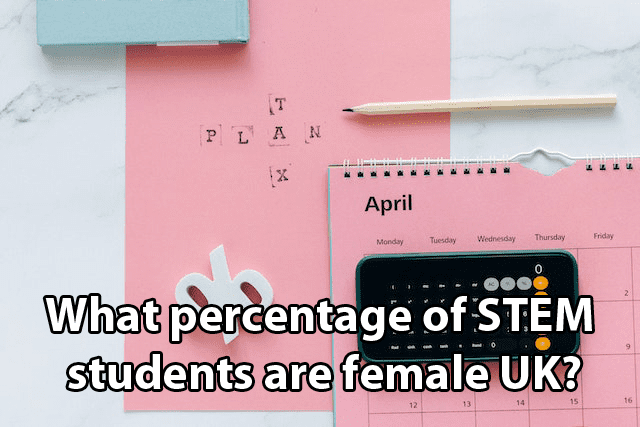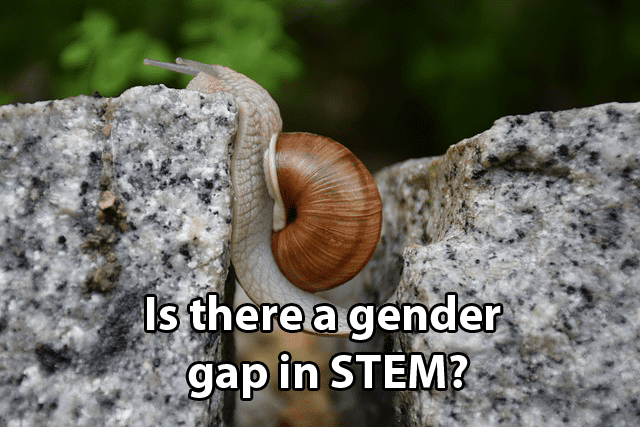
Breaking Barriers with Educational Support for Women in STEM
The journey of women in STEM (Science, Technology, Engineering, and Mathematics) is complex and filled with challenges. Despite the advances in gender equality, women remain underrepresented in these fields. However, with the right educational support, they can surmount these barriers and thrive in STEM careers. This article explores how targeted support initiatives can make a significant difference.
Women in STEM face various obstacles, ranging from societal stereotypes to inadequate support systems. Yet, when given adequate resources and encouragement, they have demonstrated remarkable successes. Educational support, mentorship, scholarships, and professional networks play crucial roles in empowering women to navigate and excel in STEM careers.
The Importance of Early Encouragement in STEM
Early encouragement is crucial in shaping girls’ interest in STEM fields. Studies have shown that girls often lose interest in science and math during their middle and high school years due to societal stereotypes and a lack of role models. Initiating programs that provide hands-on experience, mentorship, and exposure to STEM careers can counteract this trend.
Educational institutions can implement initiatives like coding clubs, science camps, and workshops specifically tailored for girls. These programs not only build skills but also boost confidence and generate enthusiasm for STEM disciplines.
Outdoor Learning Experiences and Workshops
Experiential learning, through workshops and outdoor learning experiences, is significant in maintaining girls’ interest in STEM. These activities provide real-world applications of classroom theories and foster a sense of belonging in the STEM community. Moreover, girls benefit from learning environments where they see women succeeding in STEM, giving them relatable role models.
Community organizations and businesses can collaborate to offer workshops that allow girls to explore different STEM fields. This could include anything from robotics workshops to environmental science field trips. By bridging the gap between theory and practice, these experiences affirm the presence and capability of women in STEM.
Navigating the Transition from High School to University Life
Transitioning from high school to university is a critical period for young women pursuing STEM careers. Universities can ease this transition by offering orientation programs and peer mentorship. Providing information sessions about available resources, clubs, and study groups can create a supportive network for women entering STEM fields.
Mentorship plays an essential role in fostering women’s continued enthusiasm and success in university STEM programs. Senior students or professionals can guide newcomers, offering advice on everything from academic challenges to work-life balance. These initiatives ensure that female students feel supported and motivated to pursue their STEM education.
Scholarships and Financial Aid: A Catalyst for Change
Financial constraints often hinder women from pursuing higher education degrees in STEM. Scholarships and financial aid specifically targeted at women in these fields can serve as a powerful motivator. Scholarships not only ease financial burdens but also affirm women’s capabilities in STEM.
The €7,000 Peace and Conflict Resolution Scholarship by the United Nations, Switzerland, 2025, is an example of a scholarship opportunity that could be leveraged to support women pursuing STEM disciplines that intersect with global peace and conflict resolution studies. By funding their education, scholarships help women focus on their studies and reduce financial stress.
Building a Strong Professional Network
Building a robust professional network is pivotal for women in STEM. Networking events, conferences, and professional organizations provide platforms for women to connect with peers and industry leaders. These connections offer mentorship opportunities, career advice, and potential job offers.
Institutions can play a role in facilitating these connections by organizing networking events aimed at women in STEM. Encouraging participation in professional organizations like the Society of Women Engineers or Women in Technology International can also help women expand their networks and gain industry insights.
The Role of Technology in Supporting Women in STEM
Technology can be a powerful tool in supporting women pursuing careers in STEM. Online platforms and virtual communities help overcome geographic and socioeconomic barriers, allowing women to access resources and mentorship from anywhere in the world.
Digital tools can foster learning through online courses and webinars. They also allow women to connect with mentors and peers globally, providing support and inspiration. Technology-driven platforms provide resources that can help bridge the gap for women in STEM.
Overcoming Gender Stereotypes in STEM
One of the most pervasive barriers to women in STEM is the presence of gender stereotypes. Challenging and changing these perceptions is essential. Education systems and media need to work collaboratively to portray women as equally capable as men in STEM fields.
Creating awareness campaigns and educational programs that highlight the contributions of women in STEM can shift societal attitudes. Showcasing successful women scientists, engineers, and mathematicians can inspire young girls and alter public perceptions about gender roles in STEM.
Mentorship: A Key Pillar of Support
Mentorship remains a cornerstone of support for women in STEM fields. Mentors provide guidance, support, and encouragement, helping women navigate challenges and make informed career decisions. Whether through formal university programs or informal relationships, mentorship can significantly influence women’s success in STEM careers.
Mentorship programs should emphasize inclusivity and diversity. Pairing mentees with mentors who have faced similar challenges allows for meaningful exchanges and advice. Such relationships empower women to envision and achieve their career goals in STEM.
The Global Perspective: A Collaborative Effort
Supporting women in STEM requires a collective effort across the globe. International collaborations can bring together resources, expertise, and best practices to advance women’s participation in STEM. Organizations like the United Nations advocate for gender equality, emphasizing the importance of supporting women in these critical fields.
Initiatives such as international conferences, exchange programs, and joint research efforts can foster cross-border collaboration. These efforts enrich the global STEM community and create opportunities for women to contribute to and benefit from scientific advancements worldwide.
Conclusion: The Path Forward
Educational support is vital to breaking barriers for women in STEM. Through targeted programs, mentorship, scholarships, and international collaboration, women can be empowered to pursue and excel in STEM careers. As society embraces the potential of women in these fields, the world benefits from diverse perspectives and innovations. By continuing to support women in STEM, we propel society towards a more equitable and innovative future.

















